Apple and iOS 11 could revolutionize smartphone photography with a next-generation image file format
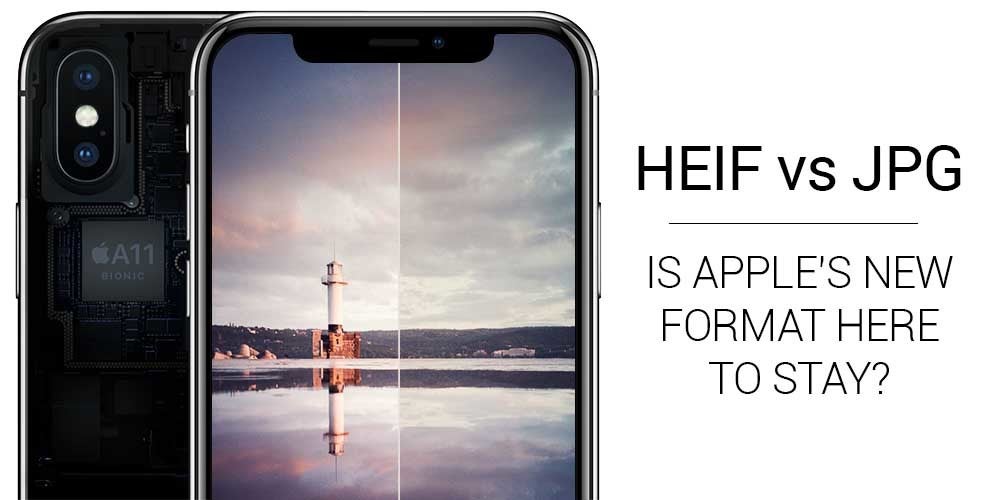
HEIF: what is it, what does it do, how to use it, and should you care in the slightest?
Without going into too much technical mumbo-jumbo, JPEG is still the de facto standard for image compression and is universally supported. However, several new compression algorithms have cropped up in recent years, that are capable of shrinking file sizes much more efficiently than JPEG, without sacrificing the perceived quality of the picture. HEIF is one such format and it's capable of compressing images twice as efficiently as the ancient (in tech years) JPEG standard, which results in images that retain the same visual quality but are on average two times smaller. Not up to two times smaller, but on average two times smaller, Apple claims, which is a somewhat important distinction, especially considering how the visual quality of HEIF images is supposed to at least as good as JPEG. But there's more to HEIF than that, as it also supports stacks of images—and by extension, animations—as well higher bit depths than JPEG (16-bit color), embedded HDR metadata, depth maps, and many other bells and whistles that.

HEIF is capable of recording depth data for images, meaning you can apply edits do different planes of a scene (e.g. foreground, middleground, background) in post, on any compatible device
So, where's the catch? There has to be one, right? Well, yes and no. HEIF is a promising new format with many advantages over JPEG, but as of yet it is not universally supported, meaning that you can take true advantage of it on a limited number of devices only. What we mean is that, say, if you want to connect your iPhone to your Windows PC and just transfer the photos over, they'll be converted to JPEGs, losing much of the initial benefits of using HEIF in the process.
The future of HEIF is bright, as long as it gets widely adopted—and it likely will, because Apple—but let's focus on the now. What happens if you buy an iPhone 8 or 8 Plus, or an iPhone X at launch, and want to view your photos on non-Apple devices? What benefits are there to using the "High Efficiency" setting over "Most Compatible," and should you even care?
"High Efficiency" vs "Most Compatible"
These are the two new camera settings available in iOS, that you can find under Settings > Camera > Formats. "High efficiency" is the current de facto setting when you update to iOS 11, which captures your photos and videos in the HEIF/HEVC formats, while "Most compatible" saves in good ol' JPEG and H.264. The HEIF new format will obviously leave you with smaller file sizes on your iPhone, but what about image quality? Let's dive right in!
HEIF images actually take up more space... on non-compatible devices
For the purpose of this article, we took some 70 photos of different scenes using the two compression methods and, and upon transferring the images to a computer, we found that images captured using the "High efficiency" setting were on average 20% larger in file size than their JPEG counterparts. Wait, what? We thought HEIF was all about compressing images more efficiently, yet photos captured in this format are larger? Again, yes and no. When you transfer HEIF images to a device that does not support the format, such as your PC, the images are actually converted to JPEGs and thus increase in file size, so as to preserve their higher quality, while the HEIF photos remain smaller on your iPhone. In fact, they indeed take up, on average, 50% less space on your device, just like Apple said they would. So, the photos you're seeing here are conversions of .HEIC files, but the originals are avaiWe began in a controlled environment, by snapping two identical shots of our beloved ISO 122233 chart with the iPhone 7 Plus, from a tripod. And, well, they do look pretty much identical when viewed in full size, but let's see what happens when we go deeper... like, 300% deeper.
300% zoom
Huh, well, from this close up, both look equally crappy in their own way, but the JPEG is 2.5MB, while the HEIF photo weighs in at just 1.2MB. So, at full size, we are unable to detect any meaningful differences between these two photos, but one is nearly half the file size of the other. That's pretty neat! But let's move on to different, more dynamic scenes.
Next up, two shots of a cathedral at mid-day:
300% zoom
To download the original JPEG and HEIC files for this scene, follow this Google Drive link.
No discernable difference here at full size either, as far as detail is concerned, although the JPEG has is 3.4MB, while the HEIF is only 1.8MB. We're going to have to take a closer look again, so as to see the differences between the two compression methods on more a granular level. As for why this JPEG file is larger than one from the previous scene, that comes down to detail. The ISO chart is a primarily white sheet of paper with some shapes printed on it, while the cathedral's facade packs not only more detail, but features numerous colors as well. Keep in mind that evenly colored areas, such as the blue sky in this scene, or white areas on the ISO chart, lend themselves quite well to compression and can thus result in vastly reduced file sizes. A photo of a white wall won't be the same size as a photo of a face, for example.
300% zoom
In this scenario, the file size discrepancy is again quite pronounced, as the JPEG weighs in at 2MB, while the HEIF file is just 1.3MB large. As far as image quality is concerned, color- and details-wise, we were not able to detect any meaningful differences while examining the photos (all of them, not just these) on various devices and displays, including iPhones, iPads, Macs, and PCs.
Bottom line
Similarly to how Google Photos lets you save all the images you want to the cloud at the cost of a slight hit on quality, the new formats are currently useful only if you want to save space on your iPhone and iPad, though they have the upper hand, as quality doesn't suffer. The good news is that, no matter whether you're sticking with Apple's Photos app and iCloud, or would rather go with Google Photos for your cloud backups, HEIF files will retain their original size and can be viewed on compatible devices (or the web) on both platforms. What's not so nice is when, say, you want to transfer some photos over to your computer and you and up with bigger files that carry over very few of the benefits of the originals. Or, perhaps even worse, you open Google Photos on your PC and download the original HEIF files that you can't view or edit, or do anything else with them really.
Right now HEIF is good for saving space on your iPhone but what else?
As it stands, the main advantages of HEIF/HEVC over JPG for Apple users are currently storage-based, but this will change in the future, as the format becomes more widely adopted. For example, HEIF supports auxiliary images, such as alpha, disparity, and depth maps, meaning that images preserve depth data, which could potentially allow users to apply edits over different "planes" of an image (e.g. foreground, middleground, background) on any compatible device post-factum. Yes, you'll be able to apply your favorite "bokeh" effect to any photo! But further than that, HEIF also supports a wider color gamut, meaning that, provided you are viewing the photo on a display that's capable of covering the wider gamut, photos will have richer colors, scenes will look more dynamic, and less banding will be visible in smooth gradients. But that's just a handful of examples. HEIF also supports multiple images in the same file (for example, stereo 3D images or multiple exposures), as well as multi-resolution representations of the same image for faster previews and conserving space, animations, and the ultimate goal is to have it support even different media types, such as audio and text.If you haven't seen a 2.9 gigappixel (yes, you read that right, GIGAPIXEL) panorama with a resolution of about 91,000 x 32,000 pixels and a TIFF file size of over 2GB, crunched down to 160MB in HEIF and easily viewable on an iPhone 7, then you should absolutely watch "Working with HEIF and HEVC" session from WWDC 2017.
The real benefits of HEIF will shine when computational photography becomes commonplace—or at least more so than now—and the format becomes more widely adopted, but this is still quite a way off. For now, and as far as us regular users are concerned, the new format will indeed save storage, but it will also cause headaches for many due to compatibility issues.
Follow us on Google News
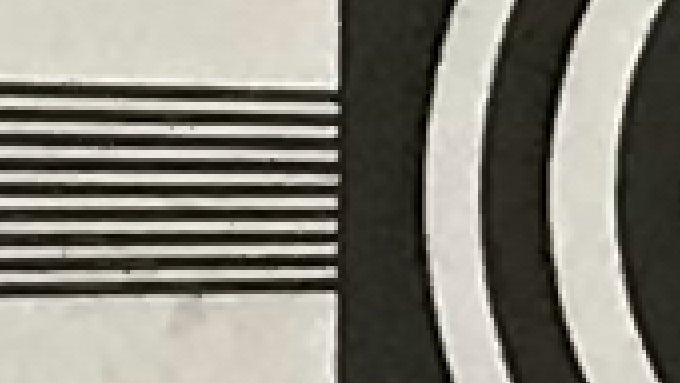

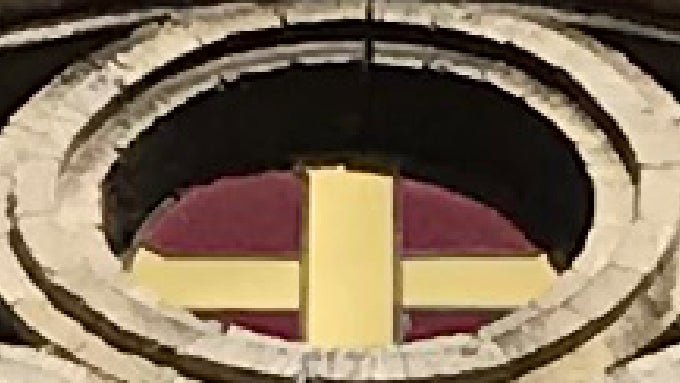
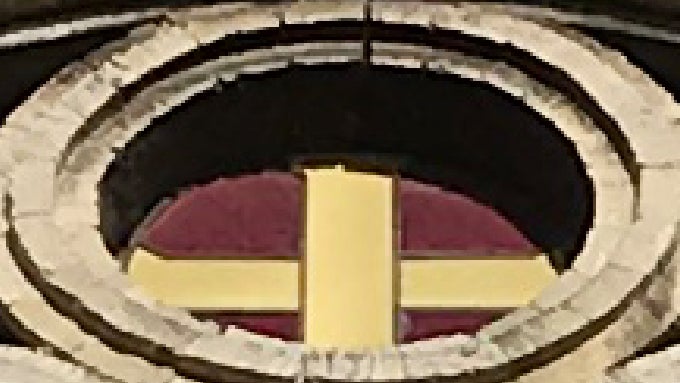
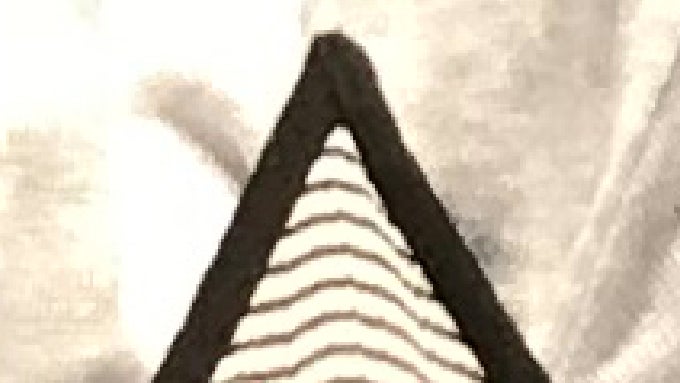
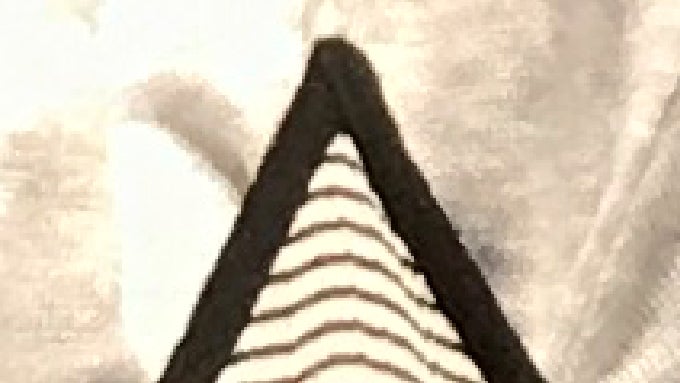








![A new Android bug is making it impossible to install new apps. Are you affected? [UPDATE]](https://m-cdn.phonearena.com/images/article/176703-wide-two_350/A-new-Android-bug-is-making-it-impossible-to-install-new-apps.-Are-you-affected-UPDATE.webp)

Things that are NOT allowed:
To help keep our community safe and free from spam, we apply temporary limits to newly created accounts: